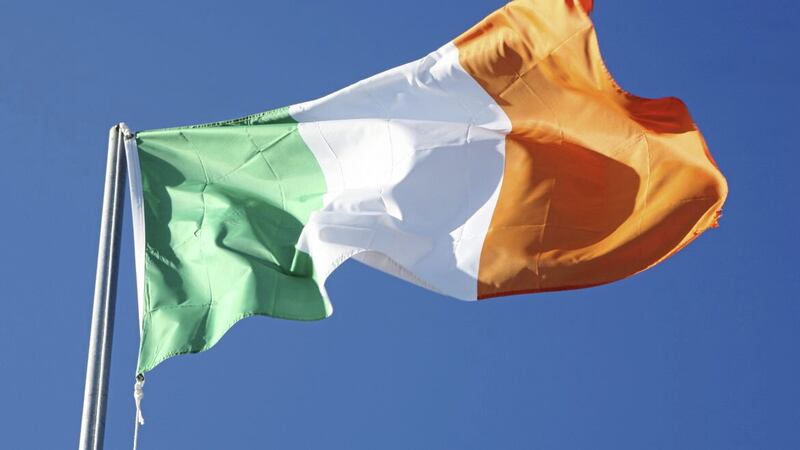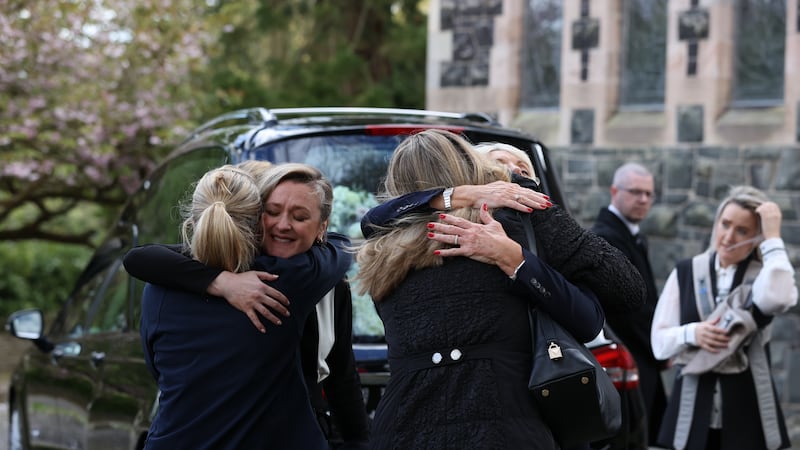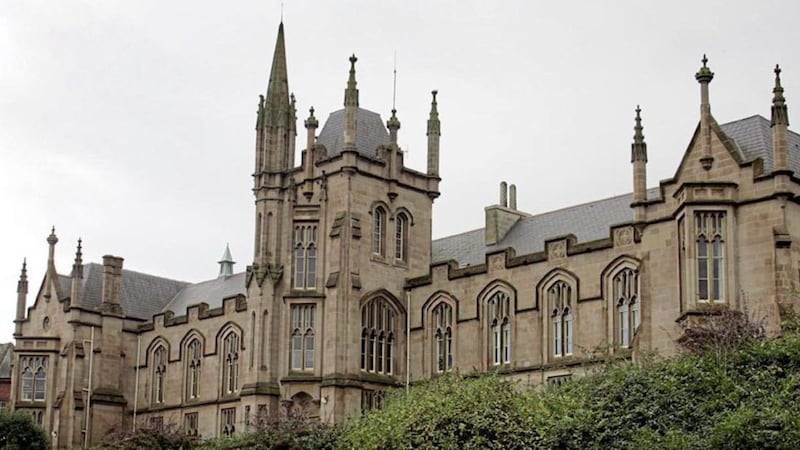Today is Flag Day. I was alerted to this by an advertisement on the back of a Dublin bus last week.
Yes, I admit, I didn't really know we had such a thing in Ireland although I do recall tricolour flags being sent to schools in 2016, along with copies of the Proclamation of the Irish Republic to mark the centenary of the Easter Rising.
Flag Day is an initiative of the Thomas Francis Meagher Foundation. Meagher, as students of history will know, was the person who designed the Irish tricolour, unfurled for the first time on the March 7 1848 at The Mall in Waterford.
The Foundation was established to promote pride in and respect for the Irish flag and the understanding of its symbolism and meaning for peace. Its focus in particular is with young people "of all backgrounds, ethnicities, cultures, genders and sexual orientation to have pride in, respect for and live the Irish tricolour message of peace and inclusion", so says the website.
Meagher said of the flag: "The white in the centre signifies a lasting truce between orange and green. I trust that beneath its folds, the hands of the Irish Catholic and Irish Protestant may be clasped in generous and heroic brotherhood."
Stripping out the religious focus and gender bias of the language of the 1840s, it is time to ask whether the tricolour can, in fact, be a symbol of unity in a new Ireland.
Now first of all, let me get constitutional. Article 7 of the Irish Constitution states: "The National flag is the tricolour of green, white and orange." It's not gold, it's definitely orange.
That matters for a couple of reasons, and the first and most important reason is because it recognises the unionist identity as integral to the fabric of the nation. It's also important because it diminishes Meagher's intent of creating a unifying symbol to refer to the colour as the gold of the Irish harp.
Meagher's intent to create a unifying symbol for the whole country, as it was at that time, should be central to our debates on flags, emblems and symbols in a new Ireland.
Many have said that a united Ireland, a new Ireland, needs a new flag. But if it is only change for change's sake then why do it?
It is a historical fact that the tricolour came to prominence during the Easter Rising. President Seán T. O'Kelly, then a staff officer in the Irish Volunteers, was tasked by James Connolly with raising the flag over the GPO. It then became accepted as the national flag and was in official use from 1922 onwards.
That history gives the flag some baggage, because it is associated with opposition to British rule in Ireland. But that does not mean that the intent ever changed.
Meagher's intention in proclaiming that the nation must unite irrespective of our differences is even more relevant today, where we have a growing diversity in our society that is so much more than Catholic or Protestant, orange or green.
In his Nobel lecture, John Hume stated: "All conflict is about difference, whether the difference is race, religion or nationality. The European visionaries decided that difference is not a threat, difference is natural.
"Difference is of the essence of humanity. Difference is an accident of birth and it should therefore never be the source of hatred or conflict.
"The answer to difference is to respect it. Therein lies a most fundamental principle of peace – respect for diversity."
That's the purpose behind Flag Day. It isn't just about sending flags to schools along with lapel pins that students can sell to raise money for local good causes.
It's a series of engagements and lesson plans to examine diversity and encourage young people to embrace it. It is a process of engagement that discusses the different cultures, traditions and identities that make up our society. In includes discussions on unionist identity and a whole section on the Apprentice Boys of Derry.
Schools are encouraged to not just learn about the Irish flag and what it means, but also to encourage people of different identities within the school community to talk about their heritage and showcase their flag. It's an initiative that could have a very positive impact if rolled out to schools in the north.
If a flag is a statement of intent which holds aloft a nation's aspirations to be a peaceful, inclusive society, respectful of all traditions, then Meagher's mission is as relevant today as it was in 1848.
It might well be the case in a new Ireland we don't need to reinvent the flag, we simply need to rediscover it.







